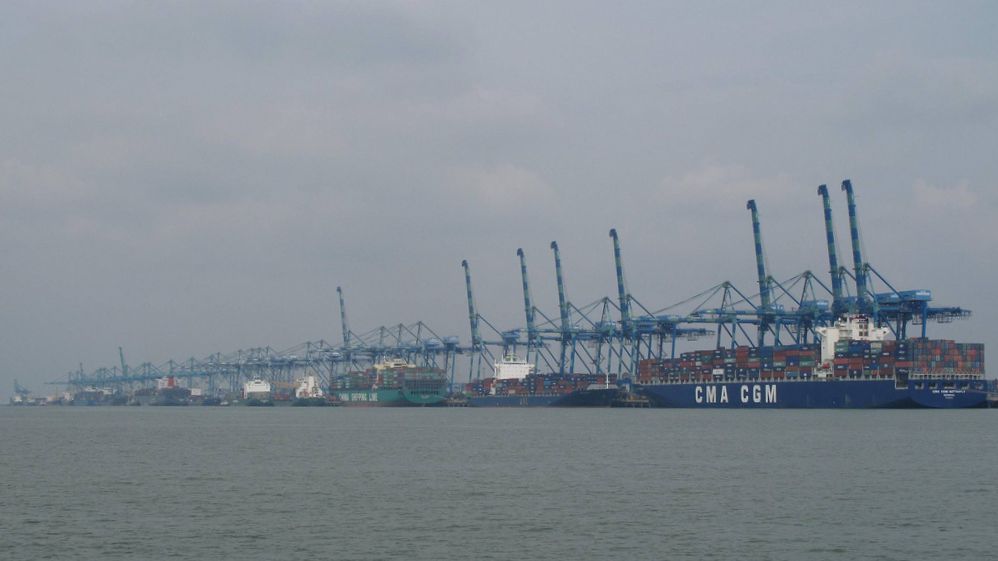Westports Invests in More Capacity at Port Klang

Malaysian ports operator Westports Holdings announced Wednesday that it would be investing $180 million in the second phase of its Container Terminal 8 (CT8) at Port Klang, plus an additional 600 yards of wharf at CT9. Construction should be complete by the end of the year, increasing capacity to 14 million TEU from the current 12 million TEU.
Westports CEO Ruben Emir Gnanalingam believes the added capacity is necessary to serve current volume. Total container moves rose 10 percent last year, and Westports' Port Klang terminals ran at up to 94 percent of their rated capacity during peak times - levels that can reduce a port's cargo handling speed and productivity. (Generally, port planners suggest that a facility's sustainable capacity over the long term is about 80 percent of its maximum capacity.)
Westports' three-mile-long pier handles about 75 percent of the container volume at Port Klang. The port is one of the three main competitors for containerized cargo transshipments in Southeast Asia, along with Singapore and Tanjung Pelepas (or PTP). It is a fiercely competitive market: Singapore is planning a massive, automated 60 million TEU terminal at Tuas, and PTP plans to double its capacity to 22 million TEU by 2030. In response, the Port Klang Authority intends to double down with an entirely new 30 million TEU seaport, along with further expansion at Northport and Westports.
It is also a market in flux, as last year's reshuffle of the main container shipping alliances has altered many carriers' trade routes. Westports' leaders say that these changes will take some time to settle out and may contribute to slow volume growth this year. Alphaliner suggests that the shakeup will cost Port Klang 11 calls, while Singapore is set to gain five.
“The industry will go through a recalibration process as the shipping lines adjust to different routes and different alliance partners. I would give it 15 months before the dust fully settles to get a clearer picture of container growth,” said Gnanalingam in comments to the press on Wednesday. “Within this region, China’s economy is projected to make a gradual transition to a more modest but sustainable growth rate . . . Cognisant of these potential headwinds, we expect slightly positive growth in the container volume for 2017."
Alphaliner executive consultant Tan Hua Joo is less sanguine about Port Klang's prospects this year. At TOC Asia Container Supply Chain, he told an audience that the reshuffle would cost the port 15 to 20 percent of its container volume. "They will find it very difficult to replace that in the short-term," he said, in comments reported by The Loadstar.
